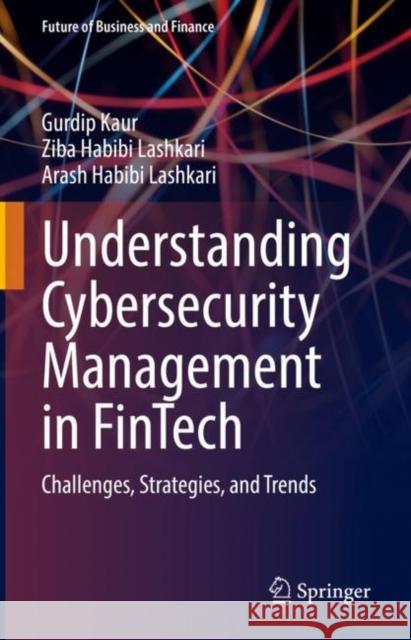Understanding Cybersecurity Management in Fintech: Challenges, Strategies, and Trends » książka
topmenu
Understanding Cybersecurity Management in Fintech: Challenges, Strategies, and Trends
ISBN-13: 9783030799144 / Angielski / Twarda / 2021 / 182 str.
Understanding Cybersecurity Management in Fintech: Challenges, Strategies, and Trends
ISBN-13: 9783030799144 / Angielski / Twarda / 2021 / 182 str.
cena 342,95
(netto: 326,62 VAT: 5%)
Najniższa cena z 30 dni: 327,68
(netto: 326,62 VAT: 5%)
Najniższa cena z 30 dni: 327,68
Termin realizacji zamówienia:
ok. 22 dni roboczych
Bez gwarancji dostawy przed świętami
ok. 22 dni roboczych
Bez gwarancji dostawy przed świętami
Darmowa dostawa!
Kategorie:
Kategorie BISAC:
Wydawca:
Springer
Seria wydawnicza:
Język:
Angielski
ISBN-13:
9783030799144
Rok wydania:
2021
Wydanie:
2021
Numer serii:
000915806
Ilość stron:
182
Waga:
0.45 kg
Wymiary:
23.39 x 15.6 x 1.27
Oprawa:
Twarda
Wolumenów:
01
Dodatkowe informacje:
Wydanie ilustrowane











